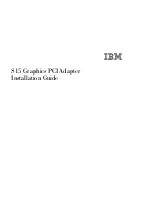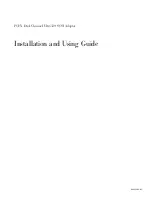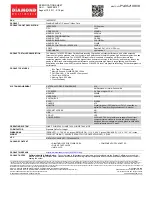
38
manner, the arms will stay connected to the chest as the chest
is rotated or translated. Likewise, the arms will be scaled up
and down as the chest is resized. The arms, however, as child
objects, can be transformed without affecting the chest
Pipelining
AGP graphics boards can queue multiple commands using a
method called pipelining. In pipelining, AGP overlaps the
memory or bus access times for a request with the issuing of
following requests. In the PCI bus, the second request does
not begin until the data transfer of the first request finishes.
Primitives
Primitives are the basic 3D geometric shapes that are
automatically generated by 3D modeling applications, and
which therefore need not be constructed from scratch. A very
considerable amount of modeling (perhaps most) begins with
primitives, which are then edited and used with other primitives
to create more complex objects. All applications provide
spheres, cubes, cylinders (sometimes called disks) and cones.
Some provide a wider array. All primitives have parameters that
define their size and shape. A sphere necessarily has a center
point and a radius, though the application may also provide for
defining the sphere by its x, y and z extents--in effect defining
the sphere by a cube into which the sphere will fit. Some
applications will always generate a primitive using default
parameters, which the user must then edit after the object is
created. High-end modeling applications typically allow the
user to enter parameters numerically before the object is
created. In all applications, the dimensions and locations of
primitives can be edited either interactively (by dragging lines
and points on the screen) or by entering values into a dialog
box.
Perspective Correction
This process is necessary for texture mapped objects to truly
look realistic. It's a mathematical calculation that ensures that a
bitmap correctly converges on the portions of the object that
are farther away from the viewer.













































